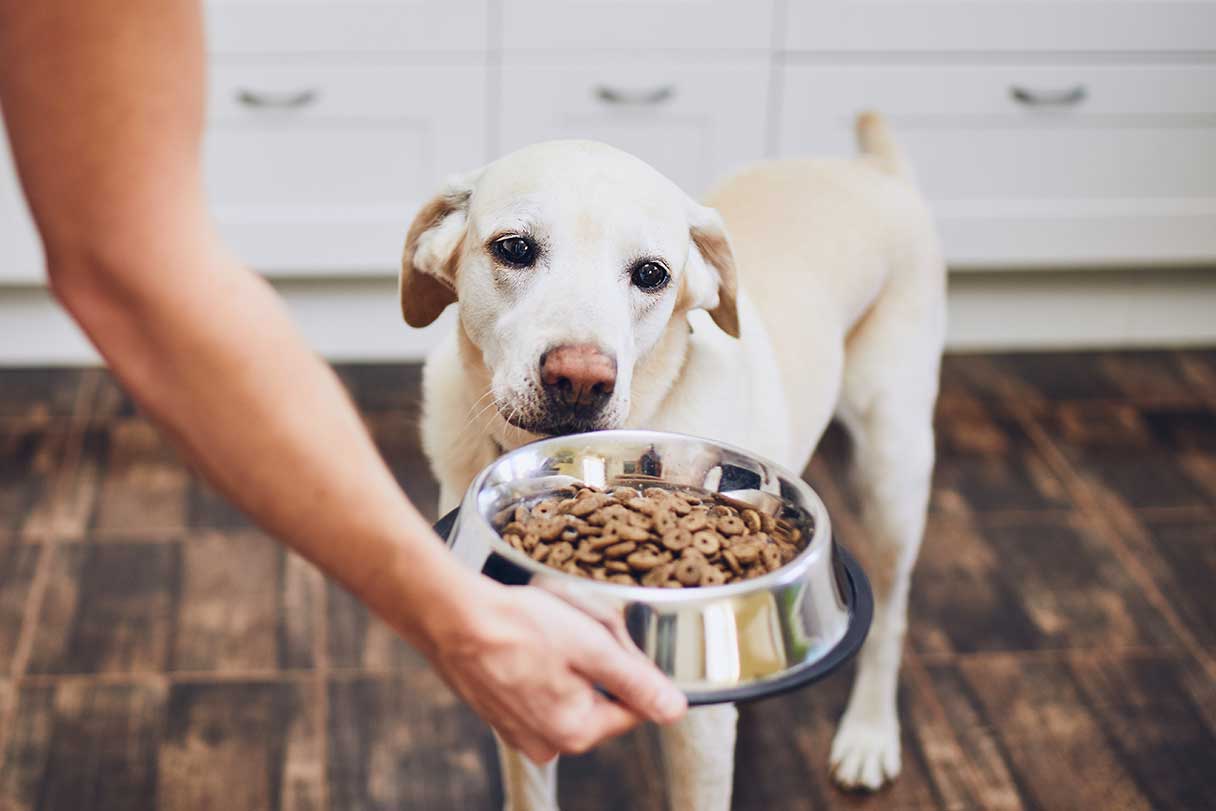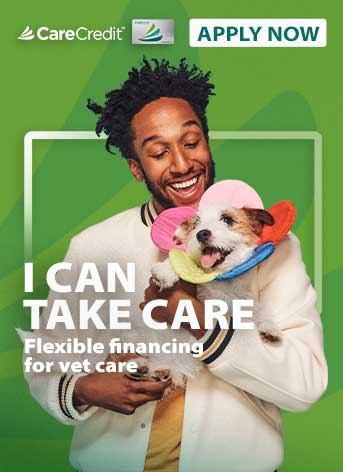If you're a dog owner, there will likely come a time when you'll need to administer medication to your furry family member. This task can be challenging for you and your pup, but it's crucial to follow your veterinarian's instructions to ensure your pet's health and recovery.
Whether it’s liquid, pills or capsules, here are some tips to help make the process go smoother for you both.
Tips For Giving Your Dog Pills or Capsules
Many medications for dogs are flavored, so best-case scenario, your dog will eat a pill or capsules as a treat. Unfortunately, it doesn’t always work out that way, so learning how to deliver medication to your dog properly is very important. One thing to keep in mind: You mustn't crush pills or open capsules.
Pilling technique
First, wash and dry your hands so they don't stick to the pill or capsule. Gently tilt your dog's head back slightly and place the pill on the back of their tongue. Don't put your hand or fingers back too far or it will cause your dog to have a choking response.
Bring your dog's head back to a normal position, and keep your fingers around their mouth until you see them swallow.
Expert tip: Sometimes blowing on your dog’s nose will help them swallow!
After giving your dog the medication, always check to make sure they haven't spit it out — it’s very common and means you will have to repeat this process.
Wash your hands again afterward so you don't accidentally absorb their medication through your skin.
Pet piller devices
Sometimes dogs won’t tolerate your hand in their mouth, so a piller device may be a good option. Often called pill poppers or pill shooters, these long, slender devices have an attachment at one end for the pill or capsule. You place the medication on the end, put the device in your dog's mouth and move it into the back of the tongue. When you press the release button the pill will go down the dog's throat.
Expert tip: To prevent choking, don't insert the piller too far down the throat.
Hide a pill or capsule in food
Before introducing any new foods to your dog, check with your veterinarian to ensure they are safe for your pet. Some popular dog-friendly foods that you can easily hide pills or capsules in include:
-
Bread
-
Peanut butter
-
Marshmallows
It's best not to use cheese, hot dogs, liverwurst or other meats that have a high fat content as this can cause your dog to experience digestive problems.
There are also commercially available treats that can be easily molded around any size or shape of medication, and they come in different flavors for picky pooches. Typically, it is not recommended to mix a prescription in with your dog’s regular food, as some medications are bitter and your dog might just eat around it.
Despite what you may have seen on social media, freezing a pill is not recommended. Medications are usually stored at controlled room temperatures, and freezing might alter their effectiveness. Likewise, hiding the pill in scrambled eggs isn't a good idea because it could expose the medication to heat and potentially affect its potency.
Expert tip: If your dog is suspicious of new foods or medications, try the “1-2-3 system."
-
Offer the first treat as a blank or freebie without any medication.
-
Follow with a second treat containing the medication.
-
Quickly give the third treat without any medication.
This method may help your pup be more eager to eat the treats and not notice the pill in the middle one.
Flavored pills
Compounding pharmacies can make many prescription medications in flavored tablets that might be more enticing for your dog and easier for you. These pills are usually more expensive than the original prescription, but if it makes it more likely that your dog will get all of their medication, it may be worth looking into.
How to Give Liquid Medicine to Dogs
Sometimes prescriptions come in a liquid form, which might be easier to administer to your dog than a pill. However, it's important to prepare in advance to ensure a smooth process.
Prepare the environment
Bring a fresh towel to clean up any spilled drops or to clean your dog's muzzle and mouth after giving them the medication. Towels are also useful to wrap gently around your dog’s neck like a bib and to keep them still during the dosing. Always wash and dry your hands before starting.
Check the dosage and prepare the medication
It's very important to double-check your dog's dosage after you draw up the medication in an oral syringe. Miscalculations can result in not giving them the correct amount or overdosing them, which could have harmful side effects. If you have any questions about the dosing, contact your veterinarian before giving any medication.
Squeeze slowly
Once you have drawn up the correct dose in the oral syringe and placed the towel in position, carefully insert the tip of the syringe (soft plastic) into one side of your dog’s mouth. This is much easier and more gentle than putting the syringe in the front of their mouth. Gently squeeze a small amount at a time to keep your dog from spitting it out or aspirating. And even if your dog seems reluctant or anxious, never warm medication in the microwave.
Do not re-medicate
If, for any reason, you are unsure if your dog received any or all of their medication, do not give them a second dose. If they ingest too much of the prescription, it could result in harmful side effects. Call your veterinarian for advice if you have any concerns.
Make medication time enjoyable — and safe
Remember to reward your dog every time you medicate them by praising them, playing with their favorite toy or giving them a special treat (if permitted by your veterinarian). As a result, some dogs really look forward to pilling time.
Just as with human medications, it's important to follow all directions and dosages as prescribed and contact your veterinarian for advice if you have any questions.
With planning and practice, you can become proficient in giving medications to your dog, so they can continue to get the best of care.
CareCredit Credit Card Financing for Dogs
Taking good care of your pet's well-being from nose to tail is essential. Make sure to stay up to date on their regular checkups at the vet to help keep your pet happy and healthy for a lifetime of love. You can use your CareCredit credit card for pet care throughout the year for routine veterinary services as well as emergencies and surgeries.* Use our Acceptance Locator to find a veterinarian near you that accepts CareCredit.
CareCredit is there for you and your pet every step of the way. Continue your wellness journey by downloading the CareCredit Mobile App to manage your account, find a provider on the go and easily access the Well U blog for more great articles, podcasts and videos.
In addition to pet care, you can also use your CareCredit credit card for dentistry, cosmetic, vision, hearing, health systems, dermatology, pharmacy purchases, spa treatments and so much more within the CareCredit network. How will you invest in your health and wellness next?
Author Bio
Dr. Kathy Wiederkehr (Wentworth) has been practicing veterinary medicine at pet care facilities in California since 2001. Most recently, she served as medical director of the VCA PetPoint Medical Center and Resort in Irvine. She is a graduate of the University of Pennsylvania School of Veterinary Medicine and became board-certified as a diplomate in Canine and Feline Practice by the American Board of Veterinary Practitioners in 2010.








